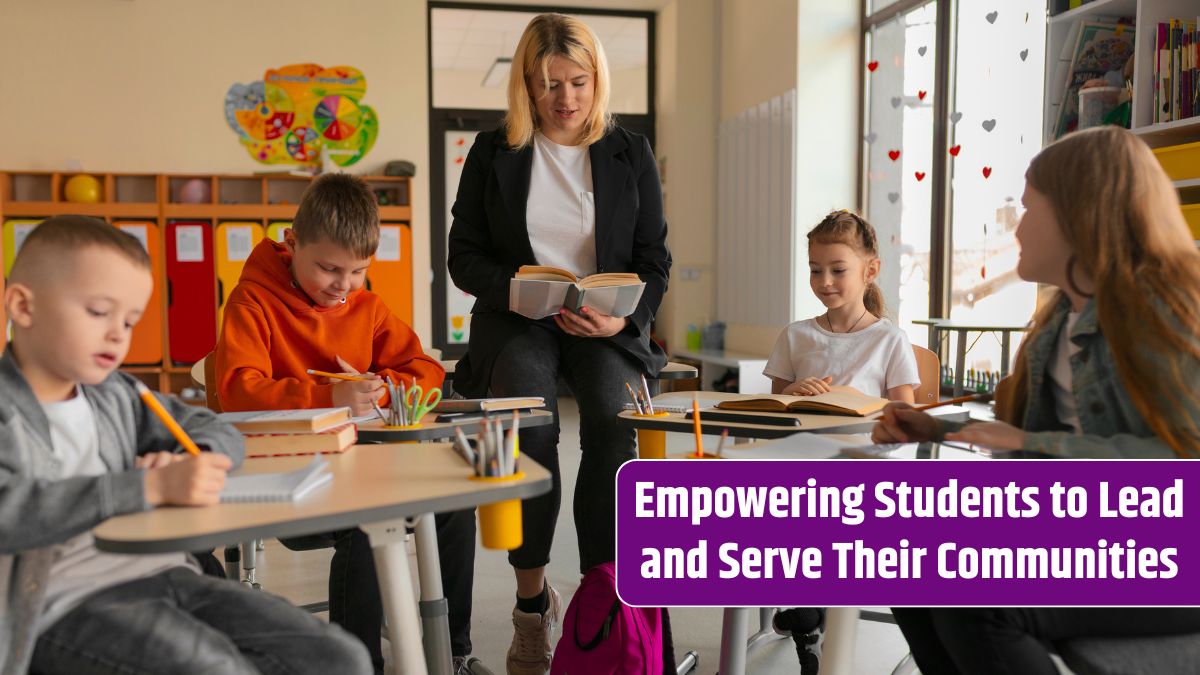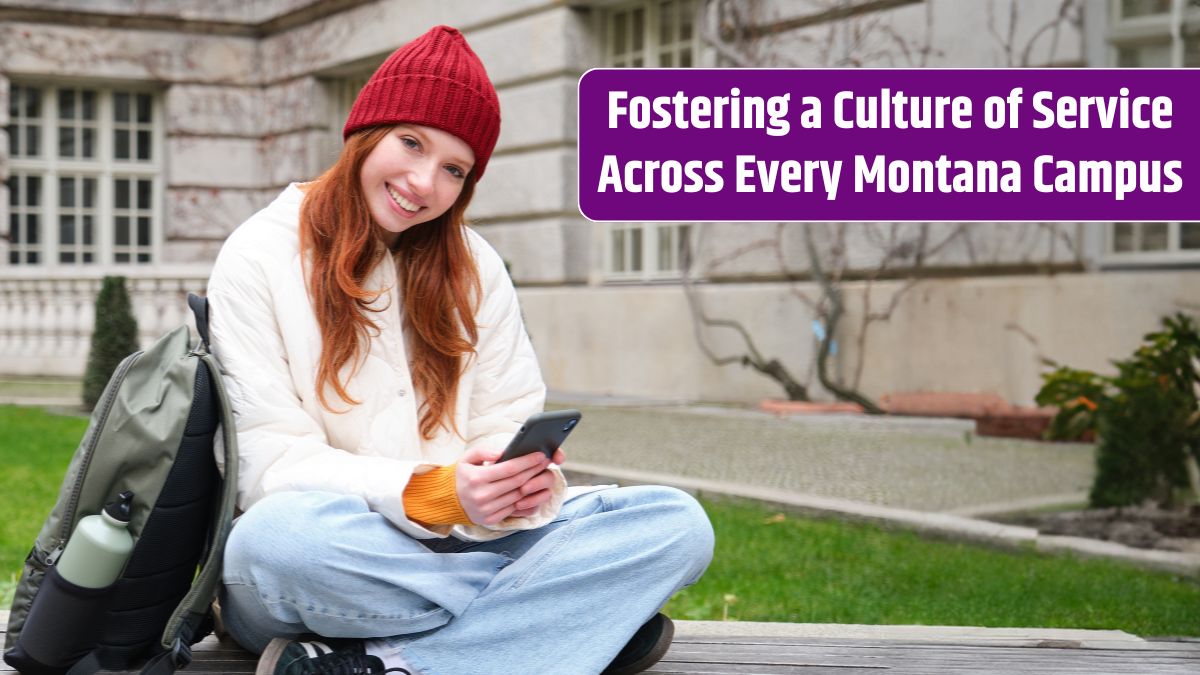Service learning is gaining momentum as a powerful educational tool in higher education. By integrating meaningful community service with instruction and reflection, service learning allows students to connect classroom knowledge to real-world issues. It doesn’t just enhance academic performance—it reshapes the entire college experience. Here are the top five ways service learning transforms college education.
Table of Contents
1. Bridges the Gap Between Theory and Practice
In traditional lecture-based learning, students often struggle to apply theoretical concepts to real-life situations. Service learning solves this by embedding students in community organizations where they can see the direct impact of their coursework. Whether a business major helps a nonprofit with budgeting or a psychology student works in youth outreach, the experience brings academic knowledge to life.
Example: A public health student studying epidemiology may work on local vaccination awareness campaigns, applying research and communication skills in real time.
2. Develops Career-Ready Skills
Service learning enhances both hard and soft skills that employers value. Teamwork, problem-solving, adaptability, and leadership all get sharpened when students step outside the classroom to work in real communities. Unlike internships, which can sometimes be passive, service learning requires active engagement and reflection.
Key Career Skills Gained:
| Skill | How It’s Developed |
|---|---|
| Communication | Interacting with diverse populations |
| Critical Thinking | Solving real-world challenges |
| Time Management | Balancing coursework and service schedules |
3. Boosts Civic Engagement and Social Responsibility
Students in service-learning programs often leave college with a stronger sense of civic duty and empathy. Engaging directly with social, economic, or environmental issues builds awareness and responsibility. This early involvement lays the foundation for lifelong engagement in community and public service.
Insight: According to the National Service-Learning Clearinghouse, students involved in these programs are more likely to vote, volunteer, and participate in public life after graduation.
4. Fosters Personal Growth and Confidence
College is a transformative time, and service learning accelerates that growth. Students often work in unfamiliar environments, stepping outside of their comfort zones. This not only builds confidence but also nurtures a sense of purpose and identity.
Reflection Activities Include:
- Journaling about community experiences
- Class discussions on ethical dilemmas
- Presentations linking service outcomes to academic goals
5. Strengthens Campus-Community Partnerships
Service learning creates lasting bonds between colleges and the communities they serve. These partnerships benefit both sides: students gain hands-on experience, and local organizations receive much-needed support. Over time, such collaborations can evolve into sustained community change initiatives.
Benefits for Communities:
- Increased access to resources and volunteers
- Innovative ideas from young professionals
- Strengthened ties to local institutions
Service learning is not just an educational add-on—it’s a dynamic, immersive approach that prepares students for life beyond college. From developing job-ready skills to inspiring lifelong civic participation, the impact is profound and lasting.
FAQs:
What’s the difference between service learning and volunteering?
Service learning is tied to academic goals and includes structured reflection, whereas volunteering is typically non-academic and often informal.
Do students get credit for service learning?
Yes. Many colleges offer course credit for service-learning programs integrated into academic curricula.
How can I get involved in service learning?
Speak with your college’s community engagement office or academic advisor. Many institutions offer designated service-learning courses or partner with local nonprofits.
























